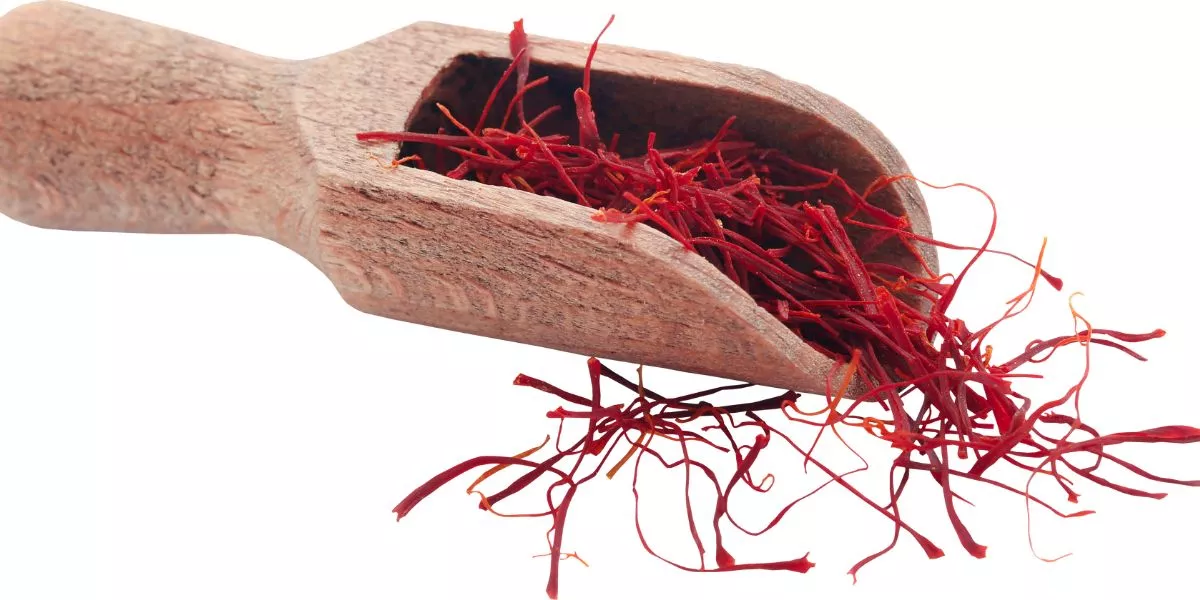
Have you ever wondered why saffron is referred to as the 'Red Gold'? The nickname 'Red Gold' hints at the precious nature of saffron, but the reasons behind this title run deeper than just its color. The story of saffron's allure and value unveils a fascinating journey that intertwines history, culture, and economics. While its hue may capture your attention, the true essence of why saffron is dubbed the 'Red Gold' lies in its intriguing past and enduring significance.
The Origin of 'Red Gold'
Saffron earned the nickname 'Red Gold' due to its rarity and vibrant color, making it highly sought after in various culinary and medicinal applications. Originating from the flower of Crocus sativus, saffron has a history dating back over 3,500 years. You might be surprised to learn that ancient civilizations like the Greeks, Egyptians, and Romans valued saffron not just for its flavor, but also for its medicinal properties. Back then, saffron was used to treat a variety of ailments, from stomach upsets to coughs and colds.
As you delve deeper into the history of saffron, you'll discover that it was a symbol of wealth and prestige. Its high price reflected the labor-intensive process required to harvest the delicate stigmas by hand. This manual labor is one of the reasons why saffron has retained its status as one of the most expensive spices in the world. So, next time you see saffron being referred to as 'Red Gold,' you'll understand the rich history and allure behind this prized spice.
Cultivation and Harvesting Methods
Cultivating and harvesting saffron involves meticulous attention to detail and precise timing to ensure the delicate stigmas are collected at their peak potency. Saffron is primarily cultivated in regions with a Mediterranean climate, where the soil is well-drained and receives abundant sunlight.
The process begins with planting the saffron corms in late spring. These corms then develop into flowering plants with purple petals. The most crucial part of saffron cultivation is the harvesting of the stigma, which is the red-orange part of the flower. This process is delicate and labor-intensive, as each stigma must be handpicked with precision to avoid damaging the delicate threads.
The best time to harvest saffron is early in the morning when the flowers have just bloomed, ensuring maximum flavor and potency. Once collected, the stigmas are carefully dried to preserve their vibrant color and distinct flavor. Mastering the cultivation and harvesting methods is essential to producing high-quality saffron, earning its title as 'red gold.'
Health Benefits and Culinary Uses
To fully appreciate the benefits of saffron in both health and culinary applications, understanding its rich history and versatile nature is essential. Saffron, known for its vibrant color and distinct flavor, offers numerous health benefits. It's rich in antioxidants, which help combat oxidative stress and inflammation in the body. Additionally, saffron is believed to have mood-boosting properties and may aid in reducing symptoms of anxiety and depression.
Culinarily, saffron is a prized ingredient in many dishes worldwide. Its unique flavor profile adds depth and complexity to both sweet and savory dishes. Saffron is commonly used in rice dishes like paella, risotto, and biryani, as well as in desserts such as saffron-infused ice cream and cakes. This spice is versatile and can be used in various forms, including threads, powder, or steeped in liquid to extract its flavor and color.
Incorporating saffron into your diet not only enhances the taste of your meals but also provides potential health benefits, making it a valuable addition to your culinary repertoire.
Saffron's Economic Significance
Considered one of the most expensive spices in the world, the economic significance of saffron is undeniable. Saffron's value stems from the labor-intensive process required to harvest the delicate threads from the Crocus sativus flower. Each flower produces only three red stigmas, which are handpicked and carefully dried to preserve their flavor and aroma. This intensive harvesting method results in a limited saffron yield, driving up its price.
Iran is the largest producer of saffron, accounting for around 90% of the world's production. The saffron industry plays a crucial role in the country's economy, providing employment opportunities for thousands of people involved in cultivation, harvesting, and processing. Additionally, saffron cultivation requires specific climate conditions, limiting its production to certain regions and creating a competitive market for this precious spice.
The global demand for saffron continues to grow, driven by its diverse applications in culinary, medicinal, and cosmetic industries. As a result, saffron remains a valuable commodity, often referred to as 'Red Gold' due to its high price and economic importance in various regions around the world.




